Goodison Park Stadium: Experience the Magic of Everton’s Iconic Stadium
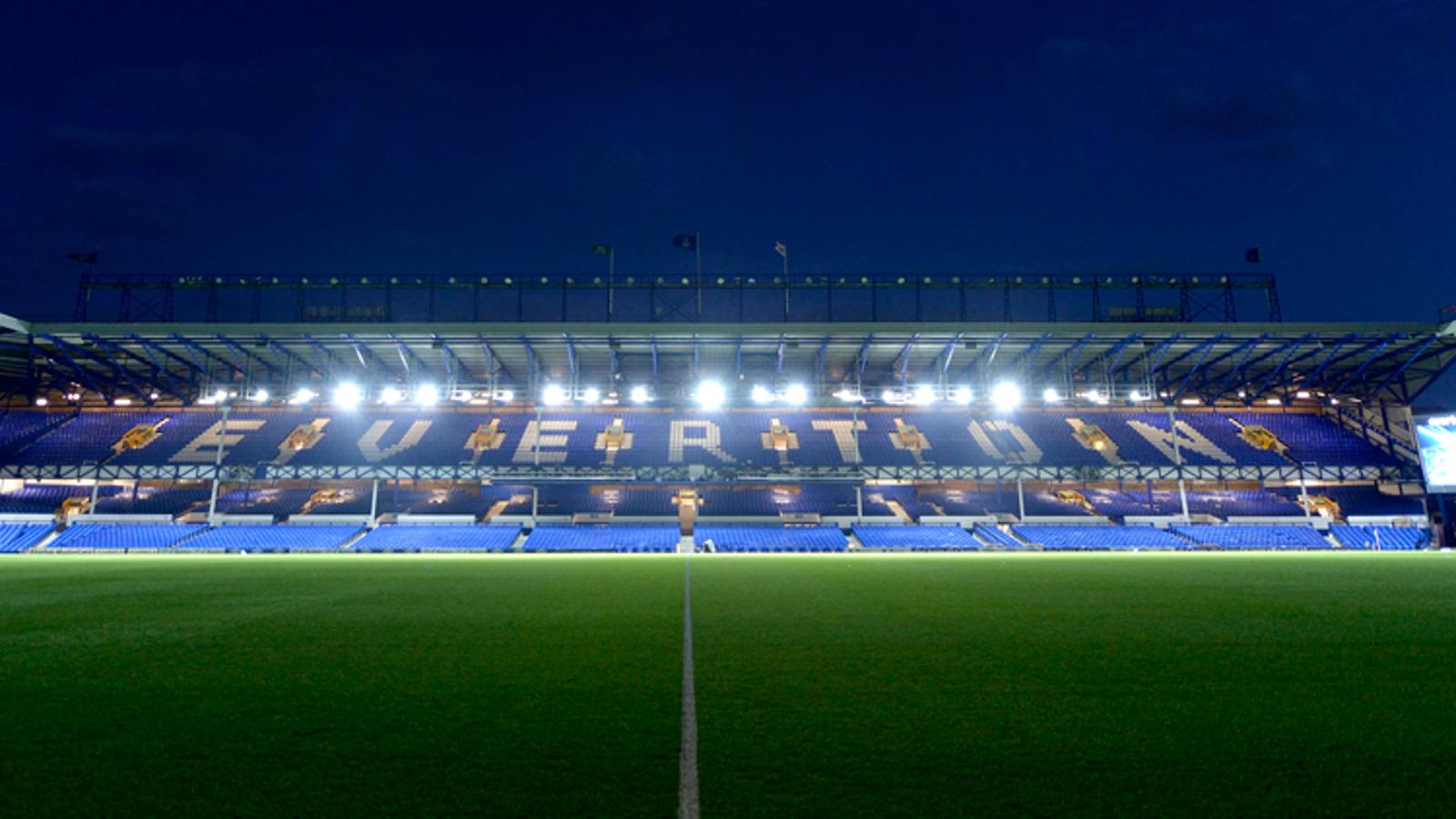
Are you a football lover looking for a stadium that exudes history and magic? Look no further than Goodison Park Stadium, the home of Everton Football Club.
This iconic stadium has witnessed unforgettable moments in football history and continues to host some of the most exciting matches in the Premier League.
Whether you’re an Everton fan or just a lover of football culture, there’s no denying that Goodison Park Stadium provides an unforgettable experience that will leave you feeling immersed in the magic of this historic venue.
Join us as we take you on a journey through the rich history and exciting future of one of England’s most beloved stadiums – Everton’s very own Goodison Park Stadium!
Goodison Park Stadium History
Goodison Park Stadium is a landmark in the history of English football, having been the home ground of Everton since 1892. It was originally built as an athletics stadium and hosted its first-ever football match on September 2nd, 1892 when Everton defeated Bolton Wanderers 4-2.
The stadium has witnessed many historic moments over the years, including some unforgettable European nights during Everton’s glory days in the mid-1980s. The legendary Dixie Dean also scored his famous 60th league goal of the season at Goodison Park Stadium back in May 1928.
Throughout its illustrious history, Goodison Park Stadium has undergone several renovations to keep up with modern standards while retaining its unique character. Despite this, it remains one of England’s most iconic stadiums and has become ingrained in the fabric of Merseyside culture.
As well as hosting countless memorable matches over the years, Goodison Park Stadium has also played host to numerous music concerts and other events including boxing matches and political rallies. Its rich heritage makes it a must-visit destination for any football fan visiting Liverpool.
How The Goodison Park Stadium Began
Goodison Park Stadium has a rich history that dates back to 1892. The stadium is the second-oldest football ground in England and has been home to Everton Football Club since its inception. But how did Goodison Park come into existence?
The story of Goodison Park began when St Domingo’s FC, which later became Everton FC, were looking for a new home after outgrowing their Anfield site. They purchased Mere Green Field on which they built their new stadium.
Built by renowned architect Archibald Leitch, the stadium originally had only one stand and could accommodate around 12,000 spectators. However, as the popularity of football grew in the early 20th century, more stands were added to increase capacity.
During World War II, Goodison was used as an air raid shelter and suffered severe bomb damage. But despite this setback and subsequent renovations over the years, it continues to be an iconic part of English football culture today.
As much, a part of Everton’s identity as its blue kit or “Z-Cars” theme tune – Goodison Park will always remain at the heart of this historic club.
How to Get to Goodison Park Stadium
Getting to Goodison Park Stadium is a relatively easy task. The stadium is located in Walton, Liverpool, and it’s accessible by various modes of transportation.
If you’re traveling from within Liverpool city center, the easiest way to get to Goodison Park is by public transport. You can take a bus or train that will drop you off at the stadium’s doorstep.
The most popular mode of transportation for football fans on match days is buses and trains. There are special services provided by Merseyrail that operate on match days. These services run directly from Liverpool city center stations such as James Street Station or Moorfields Station towards Kirkdale station which takes only 5 minute walk away from the ground.
Another option for getting to Goodison Park Stadium is via car. However, parking around the stadium can be quite tricky if arriving closer than an hour before kick-off due to road closures. There are official car parks available near the stadium but these do tend to fill up quickly so plan.
There are many ways to get yourself down Everton’s home ground with plenty of options for everyone whether you’re local or not.
Before Goodison Park Stadium
Before Goodison Park Stadium, Everton Football Club had a nomadic existence. The club played at several grounds around Liverpool, including Stanley Park and Anfield Road. However, in the late 1800s, Anfield became the club’s primary home.
Initially, the stadium was owned by John Houlding, who charged rent to Everton FC. Tensions between Houlding and the club grew until he eventually evicted them from Anfield in 1892.
Everton FC then faced a difficult decision: find new ground or dissolve as a football team altogether. Fortunately for fans of “The Toffees,” they chose to move forward with building their stadium – thus beginning the story of Goodison Park.
The search for land suitable for construction took some time but finally led to Mere Green Field in Walton Parish – just one mile north of Anfield! The site was ideal due to its proximity to various transportation links and its excellent drainage system that allowed games even during heavy rainfall.
In 1894, after much anticipation and effort on behalf of many local people involved with Everton FC’s board members among others; workers began constructing what would become known as Goodison Park Stadium.
Construction Information on the Goodison Park Stadium
Goodison Park Stadium is an iconic football stadium located in Liverpool, home to Everton Football Club. The stadium has a rich history that dates back to its construction in 1892. It was built on the site of Mere Green Field and initially had a capacity of 40,000 spectators.
The original design for Goodison Park Stadium included two covered stands, one open stand, and an uncovered terrace. In 1905, two additional stands were added which increased the seating capacity to over 70,000.
Over the years, several renovations have taken place at Goodison Park Stadium including the installation of floodlights in 1957 and significant improvements made during the early ’90s.
One notable fact about Goodison Park’s construction is that it was completed within six months! This impressive feat saw over 350 men working around the clock to ensure its completion within such a short period.
Despite undergoing various upgrades throughout its history as well as facing threats of demolition due to safety concerns in recent times; Goodison remains one of England’s most historic stadiums with an atmosphere few can match!
It’s incredible how this magnificent structure came from humble beginnings into what it is today – A true testament to human ingenuity!
More Infomation About the Stadium
Goodison Road Stand
Goodison Road Stand was built in sections between 1969 and 1971 to replace the substantial double-decker stand constructed by Archibald Leitch in 1909.
A unique name is given to each level. Another seated area, the Family Enclosure, is located in front of the Main Stand, which is located on the middle level of the deck. The Enclosure used to be terracing before all-seater stadiums became common. The highest point of the stadium is the Top Balcony. After being entirely seated in 1987, the stadium has been able to accommodate 12,664 people.
Because the Goodison Park site is not square, the back wall of the stand is cut into the stand. The conference and hospitality facilities are located inside the Goodison Road Stand. During non-game days, Goodison Park hosts conferences, weddings, meetings, and parties.
Bullens Road
The Bullens Road stand is divided into the Upper Bullens, Lower Bullens, and The Paddock on the east side of the field.
The Gwladys Street Stand has connected to the stand’s north corner and seats away fans in the south end of the stand’s back row.
There are currently 10,546 seats in the stand. The stand is named after Bullens Road nearby. Archibald Leitch designed the Upper Bullens with a truss pattern that embellishes the building.
Howard Kendall Gwladys Street End
Goodison Park’s Gwladys Street Stand is divided into Upper Gwladys and Lower Gwladys.
Known as the “Popular End,” this section is home to the loudest and most vocal fans.
The captain typically chooses to play towards the Gwladys Street End in the second half of Everton wins the coin toss.
Gwladys Street’s Hall of Fame was inspired by the 10,611-person stand.
Howard Kendall Gwladys Street End was renamed in July 2016 to honor Everton’s most successful manager.
Sir Philip Carter Park Stand
The Park End Stand at the southern end of the field stands behind one of the goals and runs alongside Walton Lane, which leads to Stanley Park. Though originally named Stanley Park End, it is now commonly referred to as the Park End.
The single-tiered stand was a deviation from the conventional Goodison Park custom of multiple tiers and has the smallest seating capacity within. On September 17, 1994, David Hunt – a member of Parliament – opened its current configuration with 5,750 seats. During its construction fans could keep up with games in progress by scaling trees in nearby Stanley Park.
The stand was used as the away crowd’s area during the late 70s and early 80s, and it used to be open for home fans too. The wooden terracing steps posed a fire hazard, so the lower tier was blocked off by the beginning of the 80s.
One of the final features of a Premiership stadium was its front concrete terracing. Both ends of the pitch had wide arcs behind their goals in the 60s and 70s, due to needing to keep a certain distance between the crowd and goals for the 1966 World Cup.
When Goodison Park was built, terraced housing was commonplace, especially on Goodison Avenue located behind the Park End stand.
The team had rented out many of these homes to its players, including Dixie Dean who later had a statue erected in his honor on nearby Walton Lane. In the 90s, most of the properties were abolished and replaced with a public car park for visitors and a new Park End Stand.
How The Goodison Park Stadium Began
Goodison Park Stadium has a rich history that is worth exploring. The story of how the stadium began dates back to 1878 when St Domingo’s Methodist Church purchased land on which Goodison Park now stands. In 1882, they agreed to lease the land to a local football club, Everton FC, for a term of three years with an annual rent payment of £100.
The first match at Goodison Park took place on September 2nd, 1892 and it was between Everton and Bolton Wanderers. At that time, there were no stands around the pitch but rather just banks where people could stand and watch the game.
It wasn’t until several years later in 1906 when the first stand was built at Goodison Park – known as ‘the Bullens Road Stand’. Over time other stands were added including ‘the Main Stand’ in 1926 which is still standing today.
As Everton FC continued to grow so did their home ground. One interesting fact about Goodison Park is that during World War II it was used as an air raid shelter by locals who lived nearby!
Today, Goodison Park Stadium is considered one of football’s most iconic stadiums and continues to be the home ground for Everton FC.
Football Usage of the Stadium
Goodison Park Stadium is a legendary venue for football lovers around the world. It has been home to Everton Football Club for over 125 years and has seen some of the most memorable moments in the history of English football.
The stadium can accommodate up to 39,572 spectators, making it one of the largest football stadiums in England. Goodison Park has hosted numerous high-profile matches such as FA Cup semi-finals and finals, international friendlies, and even an England World Cup qualifier.
Over the years, many famous players have graced Goodison’s pitch including Dixie Dean, Neville Southall, Alan Ball, and Tim Cahill. The atmosphere created by Evertonians on matchdays is electric with their passion evident from start to finish.
Goodison Park also holds a special place in European football history as it was one of the venues used during Euro ’96 which was held across England. The stadium witnessed some unforgettable performances during that tournament including Gazza’s iconic goal against Scotland.
Goodison Park Stadium remains an important part of English football heritage with its rich history and passionate fans making every visit unforgettable for anyone who loves football.
Non-Football Usage of the Stadium
Goodison Park Stadium isn’t just a place for football games; it also hosts several non-football events throughout the year. One such event is the Goodison sleepout, where fans and supporters spend a night at the stadium to raise funds for homeless individuals.
In addition to this, Goodison has also hosted concerts by popular artists like Elton John, Bon Jovi, and Beyonce. These concerts have attracted thousands of people to the stadium and provided an excellent opportunity for Everton fans to experience their iconic ground in a new way.
The stadium’s conference facilities are another example of its versatility. With several meeting rooms available, businesses can book spaces at Goodison Park Stadium for conferences and other corporate events.
Furthermore, Goodison has been used as a filming location for movies and television shows. Its unique architecture adds character to any scene shot within its walls.
These non-football events showcase how versatile Goodison Park Stadium truly is. From charity events to music performances and business meetings – there’s always something happening outside of football season!
How to Get to Goodison Park Stadium
Getting to Goodison Park Stadium is easy and convenient, with several transport options available. The stadium is located in Walton, a suburb of Liverpool about 4 kilometers from the city center.
For those traveling by car, there are plenty of parking lots near the stadium that offer affordable rates on match days. However, it’s worth noting that traffic can be heavy around the area during peak times.
If you prefer public transportation, some numerous buses and trains will take you directly to Goodison Park Stadium. Bus routes 19, 20, and 21 stop just outside the stadium while train stations such as Kirkdale and Sandhills are within walking distance.
For international visitors arriving at Liverpool John Lennon Airport or Manchester Airport, frequent shuttle services are running between these airports and Liverpool city center where connecting transport links can be taken to get to the Goodison Park Stadium.
Getting to Goodison Park Stadium is stress-free whichever mode of transport you choose. Be sure to arrive early for your match day experience!
The New Everton stadium
Goodison Park Stadium has been home to Everton FC for over a century. However, the club is planning to move into a new stadium in Bramley-Moore Dock by 2024.
The new stadium will have a capacity of 52,000 seats and will be designed with sustainability in mind. It is said that the new stadium’s design reflects Liverpool’s heritage as it aims to represent the city’s maritime history.
The plans include incorporating features such as an accessible waterfront plaza outside of the stadium which serves as an event space for fans and visitors alike. Furthermore, there are also plans to build on-site leisure facilities that provide additional entertainment options before or after matches.
One unique feature of this upcoming stadium is its proximity to waterways: offering stunning views from inside while being easily accessible via boat or ferry services – perfect for those traveling from different corners of Liverpool!
Everton’s proposed new ground looks like an exciting prospect both visually and functionally – providing state-of-the-art facilities for supporters while promoting sustainable values and design elements reflecting its location within one of England’s most historic cities.
Other Stadiums Stories:
- Etihad Stadium Beyond Football: A Look at Its Hidden Gems and Features
- Inside Old Trafford: The Iconic Home of Manchester United and Its Impact on Football Culture
- Exploring Emirates Stadium: A Tour of the Iconic Home of Arsenal
- Legacy of Vitality Stadium: AFC Bournemouth’s Home Turf and Community Icon
Conclusion
Visiting Goodison Park Stadium is a unique experience that every football fan should have. The stadium has stood the test of time and has been home to Everton Football Club for over 120 years. From its rich history to its iconic features, it is a must-visit destination for any football enthusiast.
Despite being an old stadium, Goodison Park still manages to offer modern amenities that make it comfortable for fans. The upcoming move to a new stadium will undoubtedly bring more excitement and opportunities for both Everton fans and visitors alike.
Visiting Goodison Park Stadium provides football enthusiasts with an opportunity to experience the magic of one of England’s most historic stadiums. Whether you are a die-hard Toffee or just a curious traveler, this iconic stadium should be on your bucket list. So why not plan your visit now?

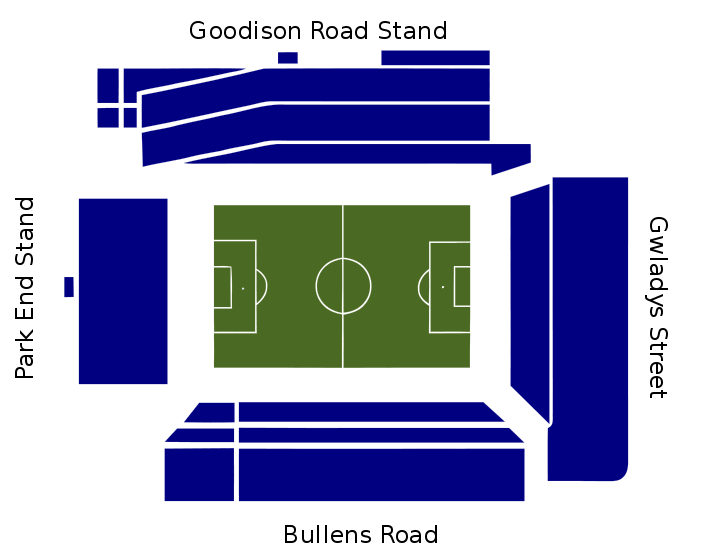
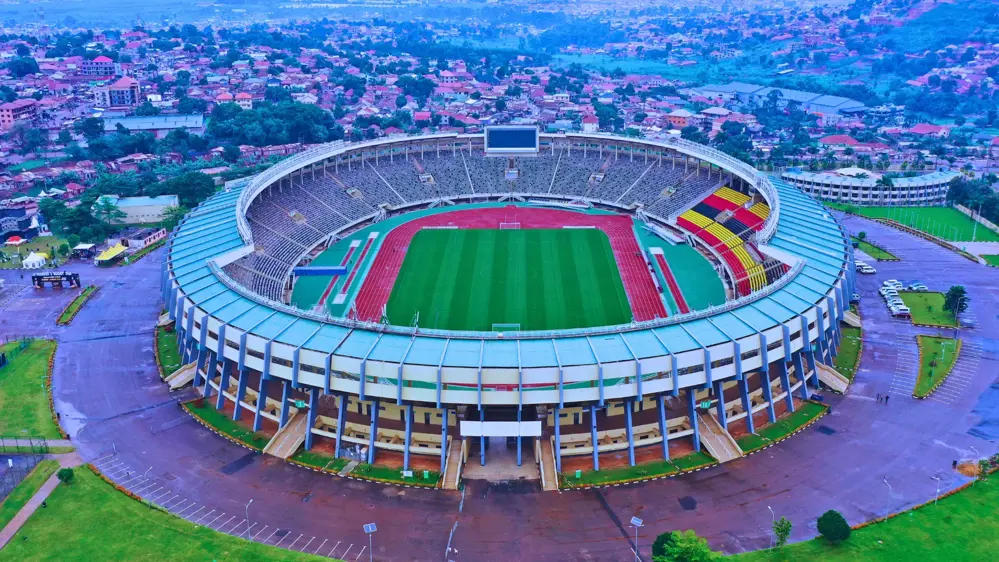
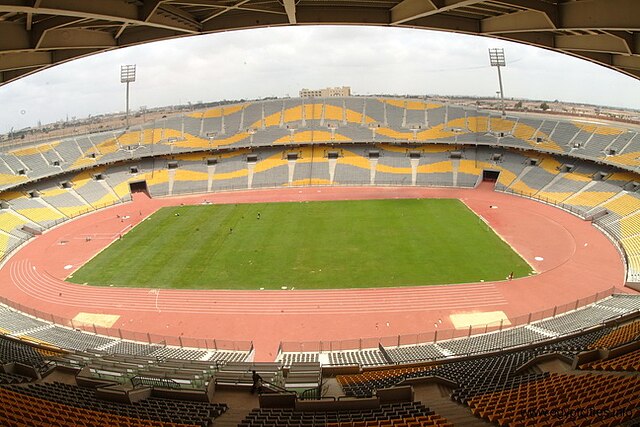


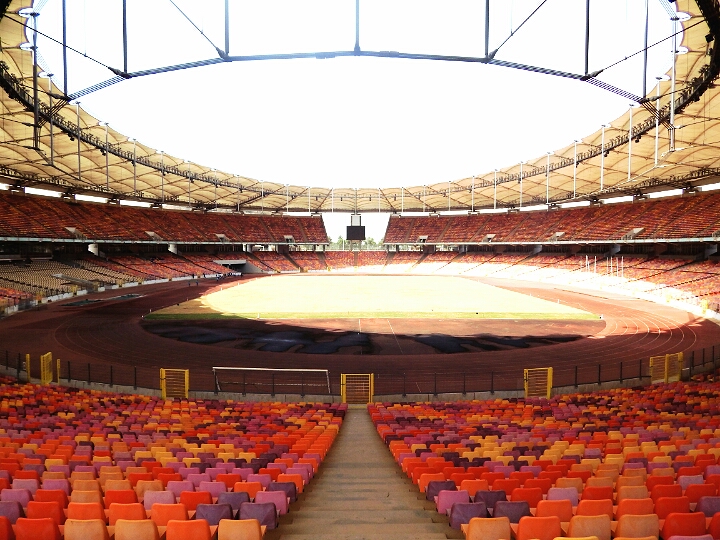
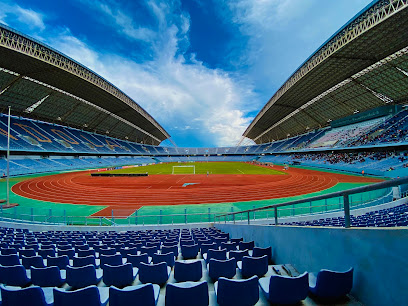
4 Comments